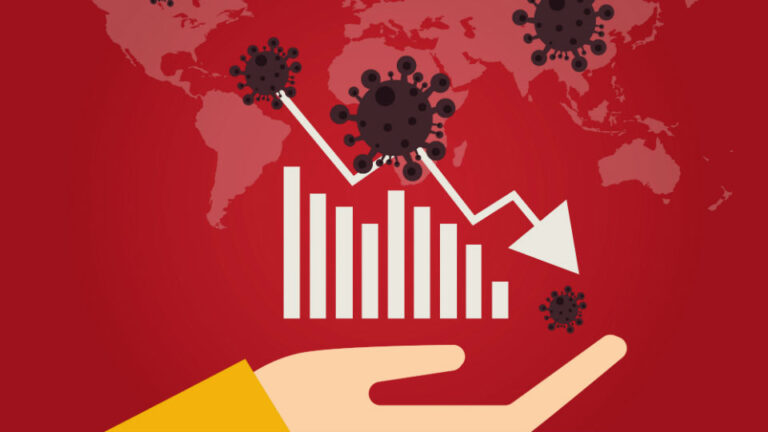The Impact of COVID-19 on B2B Sales

The COVID-19 pandemic compelled B2B buyers and sellers to go completely digital. What began as a crisis response has evolved into the new normal, with significant consequences for how buyers and sellers conduct business in the future.
The great digital transformation is here to stay, according to recent research on decision makers’ behavior internationally across industries since the crisis began.
- “Filter everything you’re doing, saying and pitching through the customer point of view, and you’ll improve just about every metric you care about today.” – Matt Heinz
The new digital reality is preferred by both B2B buyers and vendors.
More than three-quarters of buyers and sellers now prefer digital self-service and remote human contact to face-to-face conversations, a trend that has continued even after the lockdowns were lifted.
Of course, one reason is safety. Customers have appreciated the speed and convenience of self-serve and remote interactions, which have made it easier for buyers to obtain information, place orders, and schedule service. Even in industries where field-sales methods have traditionally prevailed, such as pharma and medical items, only roughly 20% of B2B customers say they aspire to return to in-person sales.
The change to digital and remote involvement has been embraced by decision makers in all countries examined worldwide, indicating that it is far from a local phenomenon. B2B sales leaders have progressed from being “forced” to adopt digital in the early stages of COVID-19 because of widespread shutdowns to a growing belief that digital is the way to go.
Customers are making large purchases on the internet.
The ease with which B2B purchasers make substantial new purchases and reorders online is the most telling evidence that digital sales have matured. E-commerce was once thought to be mostly for low-ticket items and fast-moving parts, according to conventional opinion. That is no longer the case. Notably, 70% of B2B decision makers indicate they are willing to spend more than $50,000 on new, fully self-serve or remote purchases, while 27% say they would spend more than $500,000.
B2B decision makers throughout the world think that online and remote selling is as effective as, if not more effective than, in-person engagement—and they’re not just talking about selling to warm prospects. In order to interact with existing clients, sellers believe that digital prospecting is just as efficient as in-person meetings.
Video and live chat are two rising stars.
With COVID-19’s enormous transition to digital, video and live chat have risen to prominence as the primary medium for connecting with and closing sales with B2B customers, while in-person meetings and related sales activities have plummeted.
Since April 2020, revenue produced from video-related engagements has increased by 69 percent. More than any other channel, e-commerce and videoconferencing now contribute 43 percent of total B2B revenue. Customers also stated that if given the option, they would rather watch a movie than talk on the phone.
The future is digital—and it's a good one.
These pandemic-induced behaviours, according to survey respondents, are likely to persist. New commercial and go-to-market sales tactics will be a staple throughout 2021 and possibly beyond, according to nearly nine out of 10 decision makers.
For a large number of decision-makers, sentiment is also positive. A majority of respondents cited multiyear plans for increased opex and capex investment or maintenance as evidence of their optimism.

